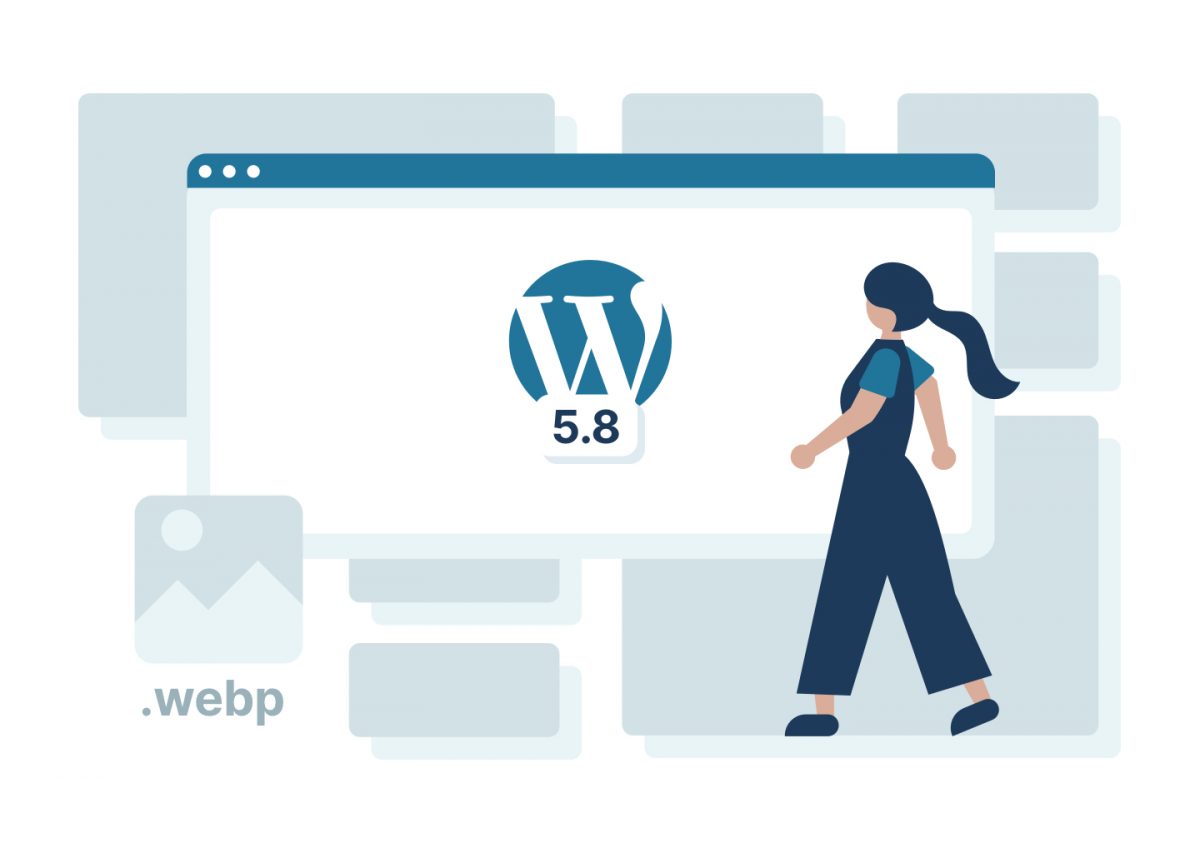WordPress recently confirmed that WebP images will be supported in version 5.8. This is good news because it’ll mean smaller file sizes, and smaller images mean faster websites. Win-Win!
We’ve shared a little more information on what this means for users, site owners and developers.
What is WebP?
WebP is a new generation image format that provides improved compression for images on the web. WebP images are on average 30% smaller than their JPEG or PNG counterparts. Why is this important? Well, the smaller the image size the faster it is to load, giving your users a better experience.
WebP is currently supported by all modern browsers, however, it isn’t supported by Internet Explorer (IE). This is unlikely to be an issue as IE accounts for <1% of web users, but it’s worth checking browser usage in your analytics just to be sure.
What does this mean for users?
Smaller images mean less bandwidth is required to download them. Resulting in better performance and a faster page load. With WebP images your users won’t have to wait as long to see your site. Search engines also like speedy sites, so it is good news for search engine optimization too.
Sign up to get helpful articles, case studies and the latest news straight to your inbox.
What does this mean for site owners?
You should be looking to support WebP images on your site to improve performance. Using a premium plugin like Smushit can automate this for you. However, for best results, you’ll need to ensure your theme is compatible too.
What does this mean for developers?
You won’t need to do anything if you’re not worried about IE. Although we do recommend looking at a progressively enhanced approach to loading images. Doing so helps build a more resilient website and is the approach we favour here at Rareloop. You can give the browser both a jpg and a WebP for each image. If supported, the browser will use WebP, otherwise, it’ll use the jpg. This ensures that your content is available to all, regardless of the technology used to view it. This approach also makes it easier to add newer image formats in the future, for example: adding the AVIF image format which is a super-compressed image format that can be even smaller than WebP but is less supported.
At Rareloop we are big fans of WordPress, if you found this interesting check out:




